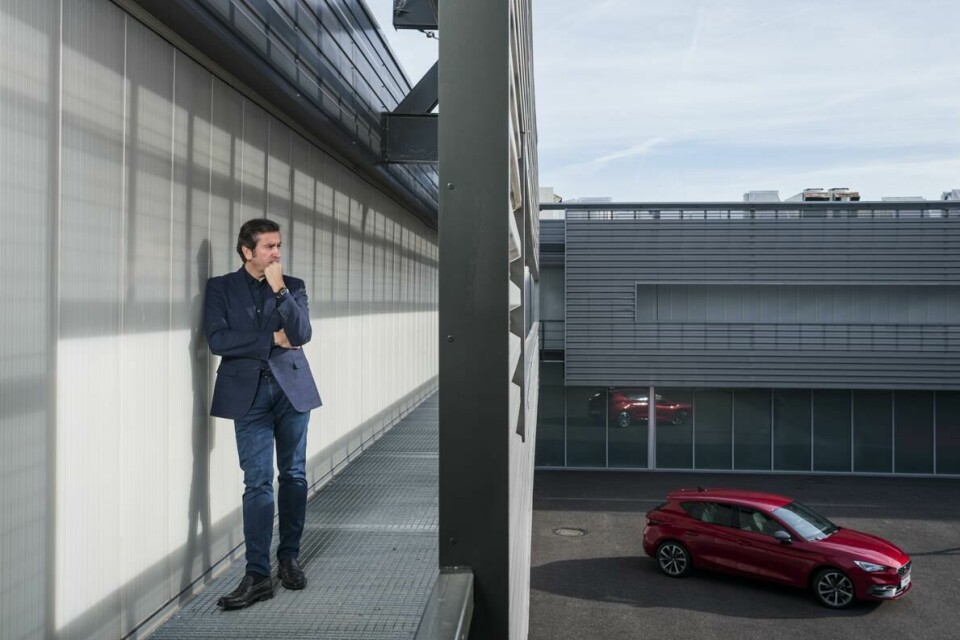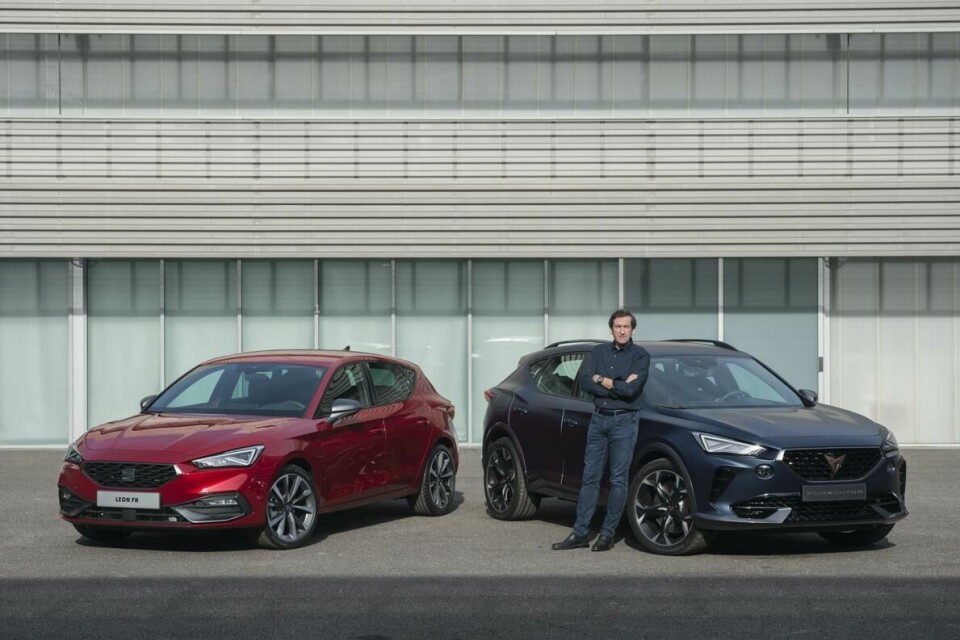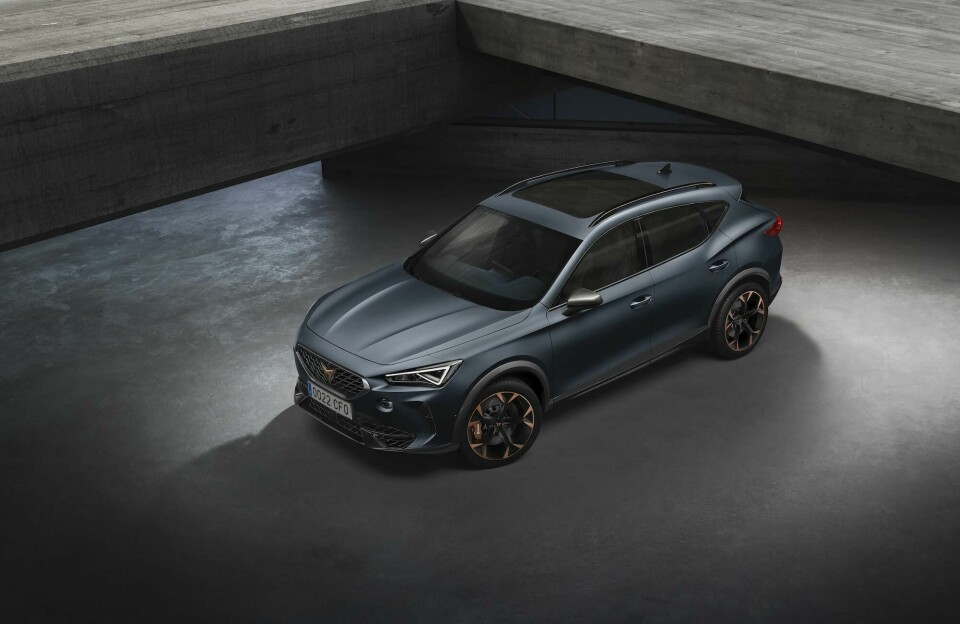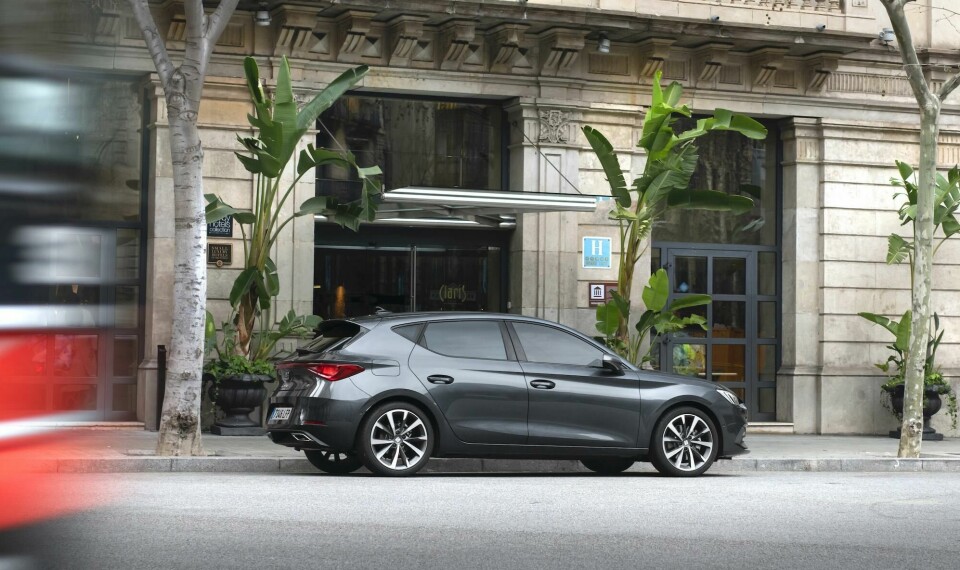
Car Design Review 7: Alejandro Mesonero-Romanos, Seat (former)
The former head of design at Seat, Alejandro Mesonero-Romanos, speaks about the Spanish company’s approach and the future of car design
Seat cars are very dynamic and have to be agile. The idea of lightness in design is extremely important. Cupra has the same ingredients but goes one step further. A Cupra vehicle has to look more powerful. Not aggressive because I don’t like that, but it is definitely more brutal and visceral.
Cupra is for people who are willing to assume a stronger message when they drive the car. It is maybe for those that are a bit more egoistic. A car like the Seat Leon is for a broader public and while it still has an element of sportiness, it has an honest and simple design. This kind of two-sided approach gives you an idea of how we approach design differently for Seat and Cupra cars. There are certainly some common points, but there are clear distinctions too. And with such a clear definition of the customers and the brands, the design ideas come pretty fast. In the past we used to do far more design proposals for each model. Now we start with a clear idea and vision, and then the rest is down to execution.
“What we need to do is bring the car closer to people and create a powerful connection”

Today Seat is a brand with one of the youngest customer groups in the industry. The mental spirit of our customers is a really important factor. They don’t want to buy a car just to go from A to B in the most economical way. They are looking for something else, something exciting. Choosing one of our cars is like falling in love with someone: you don’t necessarily listen to rational thoughts; you just want it and want it now. You convince yourself of the positives so that you can buy it. And I believe this emotional connection is down to design. The whole design team is extremely important and I try to inspire them through conversations. These are often based on what I want to achieve because I have a clear vision in my head, but I don’t tell the team what to do exactly. I tell them which dish to cook and provide them with the ingredients, but I don’t give them a strict recipe to follow. Otherwise I would be doing the work of the designers and in design we need many different views from various people, each giving their own insights.
When we look ahead to the future of vehicle design, I don’t think that it will change so much in the next five years. There are, of course, more electric cars coming soon, and these will bring in new ideas in terms of shape and structure. But change will come dramatically somewhere in the next 10 to 20 years.
Hopefully cars will still be designed and purchased through an emotional process. Even if fully-autonomous cars that are shared and not owned become the norm, there still has to be an emotional element. There must be differentiators between cars, and that is where design can make a difference.
I don’t believe cars will become like planes in the sense that people won’t care about the model that they are in. When it comes to individual mobility, people will still want to be able to express their own taste.
We are not a brand that is over-experimental and forward-looking in terms of concepts. We are looking into the future, but more short-term, so we are concentrating on tomorrow’s problems. That is why our concepts like the el Born are often almost production- ready cars.
Hopefully designers working for other brands don’t make impersonal cars. Some of the robotaxi concepts, for example, are extremely dull precisely because they are impersonal. So I think, as designers, we have to fight. We cannot say, ‘In the future, cars are going to be square boxes with no visible wheels and all glass.’ We have to be more creative and use emotion. Nobody is dreaming about a dishwasher on wheels.

At the moment, we are witnessing a lack of love for cars. They pollute, they kill when there is a crash and they cost too much money. Everything is getting a little bit negative. And it’s a pity, because cars are fantastic. Cars made us free. They made us passionate about travel. We have to turn this negative situation around. I see the arrival of the electric car as a positive. The question is: what kind of design language should we use for electric cars? Just because it is electric doesn’t necessarily mean we must approach it differently.
So I am following my existing philosophy but simply adapting it to the new architecture. There needs to be space between the front and rear wheels to house the batteries, which means they have short overhangs to prevent the entire wheelbase from being incredibly long. The cars will be taller because the cabin sits above the batteries, which also means larger wheels to compensate for the increase in height. The A-pillar moves forward because there is no engine in the front.
However, we can make the exterior look the same visually. The only thing that I might do is bring more human values into the body. So instead of doing something technical with sharp lines – aspects that are normally related to machines – I am going to try to use human shapes. People can relate to the human body and with something that is not overly-aggressive.
If you add the fact that it is no longer polluting, we might just fall in love with the car again.
I don’t think the right way to go is to make electric cars that are like spaceships, using all that cutting-edge technology. This is emphasising the fact that cars are machines without emotion. What we need to do is bring the car closer to people and create a powerful connection.
We all need to understand this, including the new wave of talent. It’s one of the key factors that I would consider if I was hiring a design student. They absolutely must have an understanding of the love that people can have for cars if they are designed right.
The first thing a student needs is creativity, which is something you either have or you don’t have. It’s having a curiosity and the capacity to observe. Designers have to ask if something is right, if it’s not right, if it looks good, if it doesn’t. It’s having a sense of proportion.

Creativity also includes the ability to express yourself through drawings and put ideas down on paper. These are skills that, if you don’t have them, don’t go into design. Passion is also very important. You need to be able to constantly play with ideas, to have a vision, and to wonder where you can take things next. To never be satisfied and to always be striving to improve. Finally, you need to know your stuff. Some car design students unfortunately lack an understanding of the classic codes and values of cars that have historically been very successful. To know the history is extremely important. So, for example, I might tell my exterior designer that the integrity between the boot and the bumper needs to be seamless, like a Porsche 928. And if they don’t have an extensive knowledge of classic car design then they will be lost.
Alejandro Mesonero-Romanos has left Seat since this interview.




















